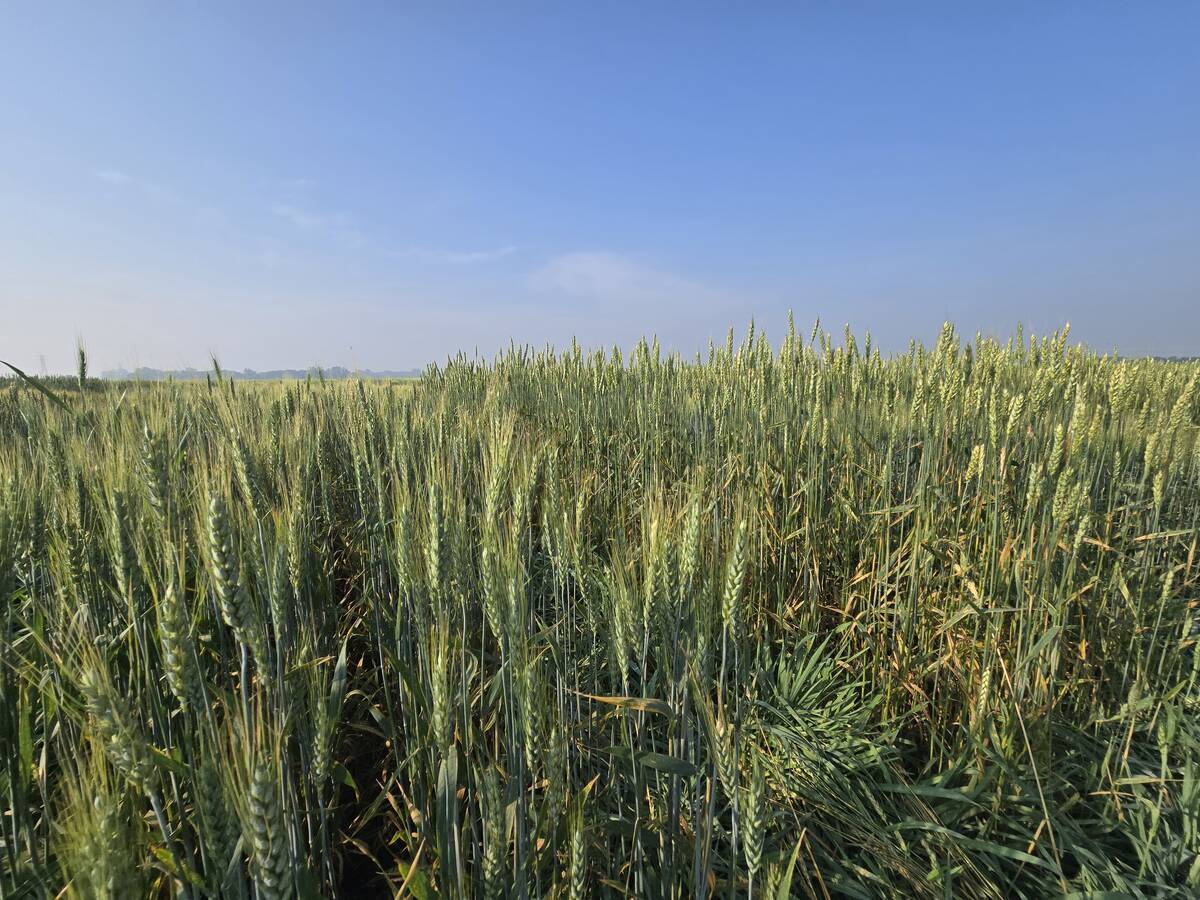Canada has fallen behind its competitors in spending on cereal research and one way or another, farmers are going to pay the cost of catching up, industry leaders say.
“I think this now will be the biggest issue facing Canadian agriculture in the next 10 years, this issue of R & D expenditures,” Murray Fulton, professor at the University of Saskatchewan’s Johnson-Shoyama Graduate School of Public Policy, told a recent conference examining life after the Canadian Wheat Board.
“This is what the future of this industry will be built on. The industry, I think, has to figure out a way to get a lot more money into this if they want this industry to thrive.”
Read Also

Canada’s agricultural innovation in crisis?
Experts argue that Canada’s ability to foster agricultural innovation and technology needs drastic improvement, and it needs to happen now
According to industry officials competitors are outspending Canada on wheat research and Canadian wheat yields are lagging.
“We’re almost a Third World country when it comes to cereal grain development,” Garth Burns, a director with the Agricultural Producers Association of Saskatchewan (APAS), told the Saskatoon conference last month.
Federal government research budgets have peaked so farmers and private companies are now expected to pick up the slack.
Farmers may balk at paying for the Canadian International Grains Institute directly instead of through the board. But farmers could end up spending more anyway through higher prices on seed developed by private companies.
Dauphin farmer and Western Grain Research Foundation (WGRF) director Don Dewar delivered a similar message to the Manitoba Seed Growers Association’s annual meeting in Winnipeg last month. Canada’s $20 million in cereal research spending has fallen behind its competitors, he said. Australia and the United States spend $80 million and $50 million, respectively.
“We need to more than double our investment in (cereal) variety development,” Dewar said.
“We think we can get there but… it’s going to take some different rules.”
Johanne Boisvert, Agriculture and Agri-Food Canada’s science director for Water and Soil Resources, told the same meeting federal agricultural research funding has peaked.
“We are hoping to see a transition where industry will gradually take more leadership,” she said.
Currently Agriculture Canada takes new wheat varieties from the lab bench to registration. In the future, Agriculture Canada wants to focus on “upstream” research, including germplasm development, then hand off potential new varieties at an earlier stage to private companies to assess, and if warranted, commercialize, Boisvert said.
“It will free a lot of resources at AAFC that we will be able to put on more upstream research,” she said in an interview.
Publicly funded wheat research has made sense, she said. It’s difficult for private companies to make a profit on wheat mainly because so few farmers (23 per cent) buy certified wheat seed, which includes royalties for the plant breeder.
In contrast 98 and 92 per cent of corn and canola seed, respectively, is certified, she said.
“It won’t change until we can get hybrid cereals,” Boisvert said.
A Canadian Seed Trade Association video shown at the GrowCanada conference in Winnipeg at the end of November also makes the case for more private research.
“Canada ranks behind the EU, China, the United States and Argentina in wheat yield improvements,” the video said. “Increased investment is critical. Bringing a new seed variety to market takes time and money. Given the right tools we will increase investment in all crops.”
In other words, companies need to be assured of a return on investment from plant breeding.
“In canola it (private investment) has done wonderful things for yield, but also the price of seed and we’re paying for that research time and time again,” Norm Hall, APAS president told the post-wheat board conference. “It’s $10 a pound for canola, $50 an acre. That’s a lot of dollars. If we put those kind of dollars in, off our farm, we will still own those varieties.
“That’s something we should look at — putting the dollars out of our pocket, or convince the government to put in a few more — rather than relying on private (companies).”
Dewar made the same point. If farmers own the varieties they invest in they might not get cheaper seed, but “hopefully you’re paying for what you want, not told what you need.”
The decline of publicly funded research has been on farm organizations’ agendas for a while. The Grain Growers of Canada complains that while federal spending has increased slightly the last couple of years it’s much lower than in 2004.
Farmers will be asked to pay more, Dewar said. But how much more — double, triple? Or should Canada copy Australia where farmers pay a mandatory 0.99 per cent levy on the gross value of the grain they sell?















